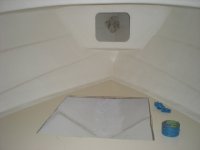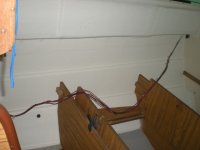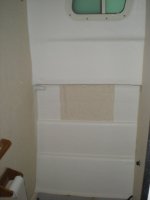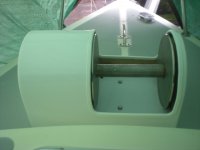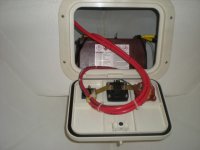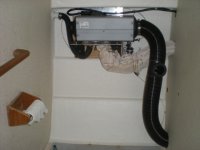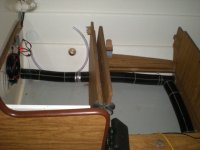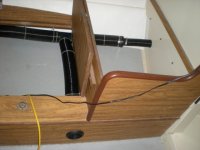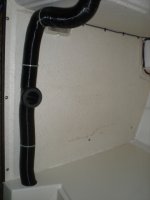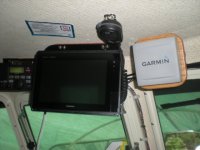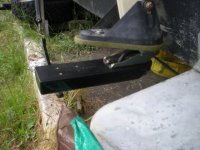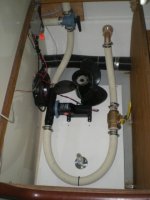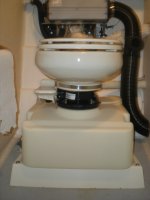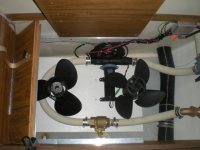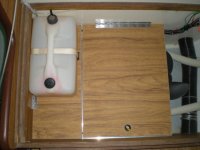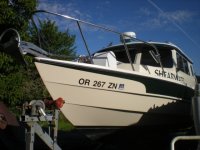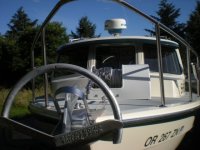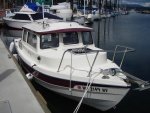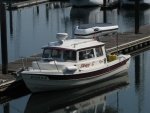stevej
New member
- Joined
- Nov 1, 2003
- Messages
- 314
- Reaction score
- 0
- C Dory Year
- 1995
- C Dory Model
- 25 Cruise Ship
- Hull Identification Number
- DOR25003K495
- Vessel Name
- Shearwater
Really good information Richard, thanks for taking time to pass this on.
Get it now about the tide impact and the effect when wind and tide are opposing. Is there a similar impact when swell direction and tide are opposing?
Or does the prevailing swell follow the tide swings? Need to spend some more time looking at the buoy data to pull some historical information.
Your crossing criteria lines up well with what we have learned over the years. Anything more than 15 kt winds, and wind waves over 2 foot make for a long day on the ocean. Like to see the swell duration double the height (4 feet at 8 seconds as an example) but will go shorter if other things line up. Historically we average about 12 kt’s traveling into the face of the waves with these conditions, a little more speed and much less of a beating when riding the backside.
Locating the buoys reporting ocean conditions was one of the first things I did when route planning was started, we rely data from buoy 46050 for every trip out of Newport.
Been studying Venn passage on the charts, nice to see I get to use my inland navigation skills again. Appears to be reasonably well marked although Active Captain has discussion of a couple buoys being out of place.
Will give Les a call today, would like to get truck storage crossed off the list.
stevej
Get it now about the tide impact and the effect when wind and tide are opposing. Is there a similar impact when swell direction and tide are opposing?
Or does the prevailing swell follow the tide swings? Need to spend some more time looking at the buoy data to pull some historical information.
Your crossing criteria lines up well with what we have learned over the years. Anything more than 15 kt winds, and wind waves over 2 foot make for a long day on the ocean. Like to see the swell duration double the height (4 feet at 8 seconds as an example) but will go shorter if other things line up. Historically we average about 12 kt’s traveling into the face of the waves with these conditions, a little more speed and much less of a beating when riding the backside.
Locating the buoys reporting ocean conditions was one of the first things I did when route planning was started, we rely data from buoy 46050 for every trip out of Newport.
Been studying Venn passage on the charts, nice to see I get to use my inland navigation skills again. Appears to be reasonably well marked although Active Captain has discussion of a couple buoys being out of place.
Will give Les a call today, would like to get truck storage crossed off the list.
stevej

